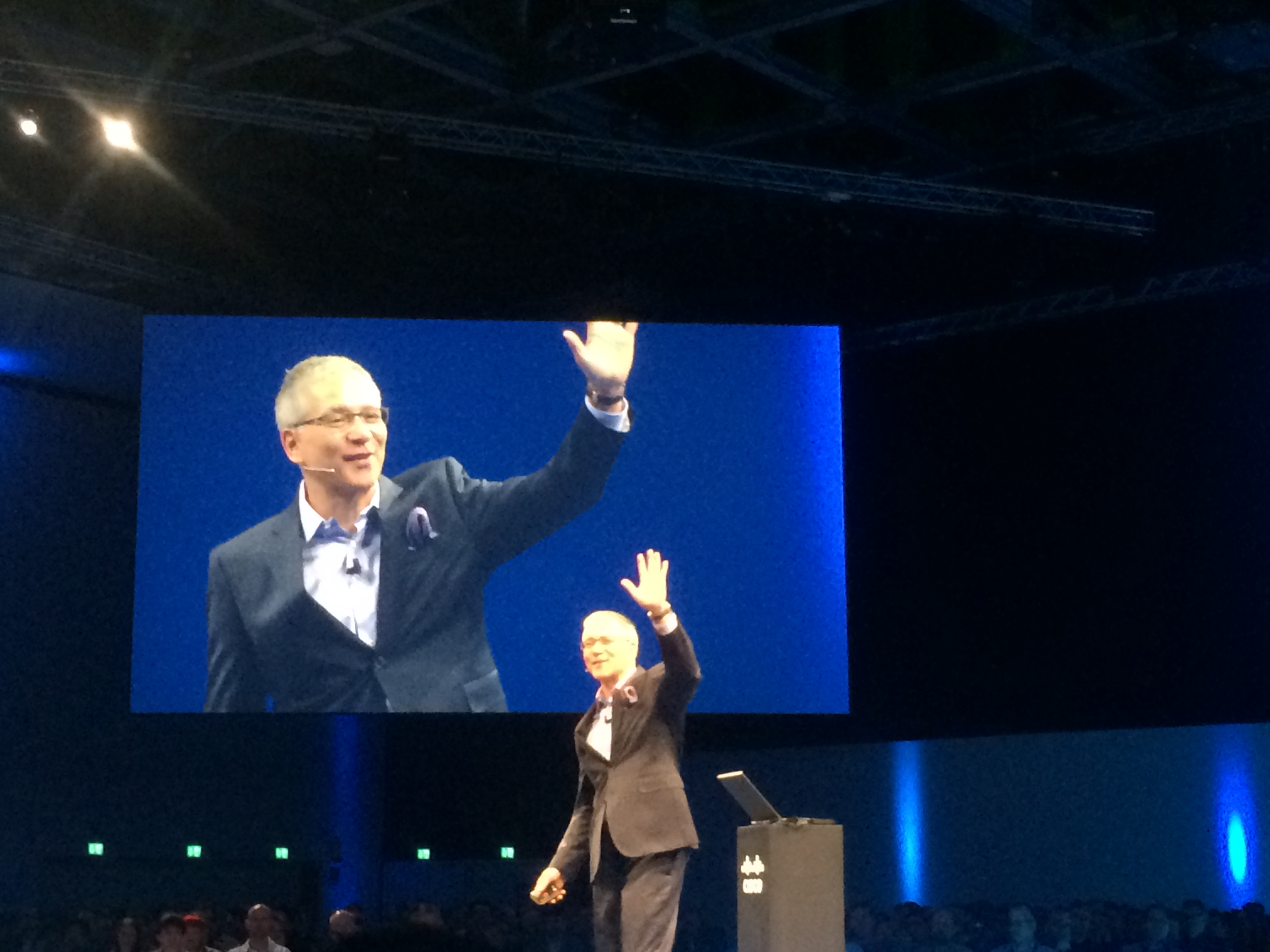

Cisco is moving towards a subscription-based licensing model for software and will offer packages of applications separate from hardware rather than forcing customers to choose from hundreds of different tools that cannot be used with other networking products.
The company says the way it has sold networking software in the past was too complex and inflexible and that the Cisco ONE portfolio will provide customers with portable licences that can be used with new hardware, allowing them to take advantage of new innovations quicker.
“Cisco has always been seen as a hardware company but is the fifth biggest software company in the world and the third biggest SaaS provider,” Gordon Thomson, managing director of enterprise networks at Cisco, told the Cisco Live event in Milan.
The three main branches of the ONE portfolio are data centre, WAN and access, with firms able to purchase ‘layers’ of software for their equipment. The first foundational layer can be supplemented with advanced tiers, such as application management, and an additional security layer. Cisco promises the same suite will be available for wireless and wired infrastructure.
“We are a software company and what we’re doing is moving from a la carte to bundling things that make sense,” added Carlos Dominguez, senior vice president in the office of the CEO at Cisco.
This focus on software extend the cloud, specifically the company’s Intercloud strategy announced last year, which helps customers create hybrid cloud environments using public and private clouds.
The Cisco ONE Enterprise Cloud Suite provides the service catalogue, infrastructure and policy automation, and workflow tools to simplify the private cloud, as well as support for hybrid multi hypervisors to give admins better control over the public cloud.
“All of these capabilities you would need for a private cloud and those you would need for a public cloud, we’re bringing into one suite,” said Thomson. “We’re making hybrid cloud simple.
“We’re automating things that used to be a manual process”
Do you know the secrets of Cisco? Take our quiz!
Gerald Yin, founder, chairman and chief executive of key Chinese chip tools maker AMEC, drops…
Intel reportedly tells clients in China some of its AI chips will now require export…
New Intel chief executive Lip-Bu Tan flattens company's leadership structure as he seeks to end…
Google says it will appeal 'adverse' portions of ruling that found its ad business is…
Denial from TSMC, after multiple reports it was in talks with Intel over a joint…
CEO Tim Cook talks to Trump official, as IDC notes China's smartphone market growth, and…